(NB&CL) “The Shadow Pandemic” is how the United Nations called the problem of violence against women that broke out terribly in November 2021 due to social distancing and isolation during the fierce Covid-19 pandemic. But now, after 3 years, while the Covid-19 pandemic has cooled down, the problem of violence against women and girls has not only not decreased but has also become increasingly worrying and painful.
1 in 8 women will have been raped or sexually assaulted before the age of 18….
The shocking statistics were recently reported by the British newspaper Guardian, citing a report by the United Nations Children's Fund (UNICEF) published on October 10, 2024. According to UNICEF, based on surveys conducted from 2010 to 2022 in 120 countries and regions, statistics show that more than 370 million women and girls worldwide, or one in eight, have been raped or sexually assaulted before the age of 18.
According to UNICEF, if we include “indirect” acts of sexual violence, such as unwanted sexual comments or jokes, forced exposure to pornography, the number of victims will reach 650 million women and children, meaning one in five people will have been a victim. It is worth noting that this problem is not only concentrated in one region but occurs in many places around the world . The highest rate of victims is recorded in Oceania, where 34% of women, equivalent to 6 million people, have been abused or raped. More than 79 million girls and women in the sub-Saharan region of Africa have also been raped or sexually assaulted before they turn 18.
November 25th of each year is chosen by the United Nations as the “International Day for the Elimination of Violence against Women and Girls”. This is considered an international celebration; an occasion for individuals and organizations protecting women’s rights across five continents, regardless of language, skin color, or ethnicity to launch campaigns to light the fire of the fight to eliminate violence against women.
This reality and heartbreaking figures were reaffirmed at another recent event: the first Global Ministerial Conference on Ending Violence against Children held in Bogota, Colombia with the participation of 130 countries, more than 80 Ministers along with young leaders, children, and adolescents - victims of violence. According to WHO data presented at the Conference, more than half of the world's children, or about 1 billion children, are suffering from various forms of violence (school violence, sexual violence, online violence...) leading to significant health risks and human rights violations, of which up to 40,000 children are killed each year.
Another heartbreaking statistic given by the head of the United Nations, Secretary-General Antonio Guterres in his message on the occasion of this year's World Day against Trafficking in Persons (July 30, 2024), is that up to... 1/3 of the victims of human trafficking in the world are children.
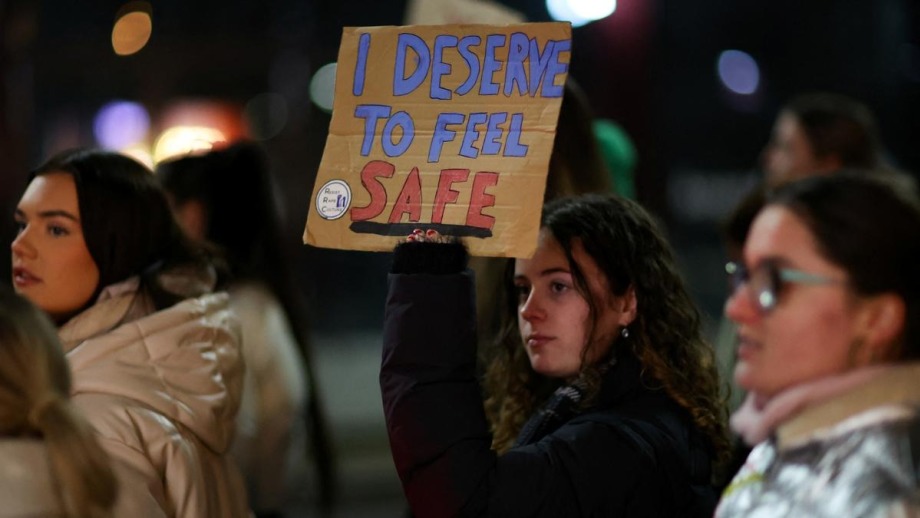
Protest against gender violence in Manchester, UK, November 29, 2023. Photo: Reuters
On July 22, foreign media cited statistics from the head of the United Nations showing that children account for one-third of victims of human trafficking, including those facing horrific abuse, forced labor, being sold as brides, forced into military service, or forced to participate in illegal activities.
What is even more worrying is that violence against women and children does not only occur in poor, underdeveloped countries but also in developed countries, places with long-standing civilized cultures. The UK is an example. A report by the UK law enforcement force published on July 23, 2024, shows that the situation of violence against women and girls in this country is at a national alarming level with nearly 3,000 cases per day.
Specifically, one in 12 women in the UK is a victim of violence and the exact number could be much higher. This figure is believed to be lower than the actual number because many cases are not reported. Compared to the period 2018 - 2019, violence against women and girls has increased by 37%. Crimes of sexual abuse and exploitation of children also increased by 435% from 2013 to 2022, from more than 20,000 cases to nearly 107,000 cases. In 2022 - 2023, British police recorded 3,000 cases of violence against women and girls every day - accounting for 20% of all reported crimes. But the actual number could be double because many women do not report to the police.
Conflict and war have made violence against women and children worse on a global scale. The figures released by the United Nations in its report at the end of October clearly demonstrate that. Specifically, there are currently about 612 million women and girls in the world affected by war, an increase of 50% compared to the previous decade. The rate of women killed in armed conflicts doubled in 2023 compared to the previous year. Among them, the most heartbreaking are pregnant women.
According to a recent estimate by the international organization CARE, 40% of pregnancies in Gaza face a high risk of death due to widespread disease, lurking hunger, levels of anemia so high that the risk of postpartum hemorrhage is high, prenatal care is almost non-existent, and more women give birth outside medical facilities – in refugee camps, even on the streets – than in hospitals.
Incidents of conflict-related sexual violence are 50% higher and the number of girls affected by serious violations in conflict has increased by 35%; one in two women and girls in conflict contexts face moderate to severe food insecurity, and 61% of all maternal deaths are concentrated in 35 conflict-affected countries.
According to UN Women, 500 women and girls die every day in conflict-affected countries from complications related to pregnancy and childbirth. In Sudan, most victims of sexual violence are unable to access medical care in the first 72 hours after rape, including emergency contraception.
More efforts are needed to wash away the stains.
“Sexual violence against children is a stain on our moral conscience… It causes deep and lasting trauma, often by someone the child knows and trusts, in places where they should feel safe,” UNICEF Executive Director Catherine Russell said in response to the alarming situation of sexual violence against girls and women.
In the face of human trafficking, UN Secretary-General António Guterres also stressed: “We must strengthen protection responses – including child justice mechanisms, raising awareness, supporting unaccompanied children on the move, caring for survivors and addressing the root causes of exploitation by supporting vulnerable families.” “Let us renew our commitment to a future where every child is safe and free,” Mr. Guterres stressed.
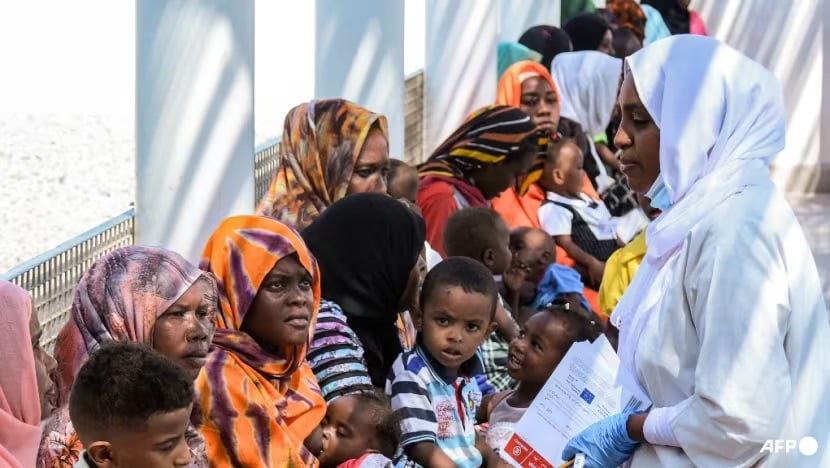
Women with young children wait for medical care outside the Italian Pediatric Hospital in Port Sudan on October 8, 2024. Photo: AFP
The UN Secretary-General also stated: “Every loss underscores the need to prevent violence, protect the most vulnerable and make every effort to end conflicts.” Speaking at the opening session of the 68th Session of the Commission on the Status of Women (CSW68) - an important forum to promote and protect the rights of women and girls worldwide in March, the UN chief stressed the disproportionate impact of war on women and according to the UN chief's assessment, in conflict zones around the world, women and girls are suffering the most from wars caused by men.
Ms. Sima Bahous, Executive Director of UN Women, faced with the painful and heartbreaking reality of women and children in current conflicts and wars, warned: "If we do not stand up and demand change, the consequences will be long-lasting."
But the journey from words to action is always not short. For example, Mr. Guterres's call for an immediate ceasefire and humanitarian aid for people in conflict zones. The situation in conflict zones shows that this call is becoming increasingly impossible. And as long as the guns continue to ring out, the fears of millions of women and girls in Afghanistan, deprived of their right to education and a future; the suffering of women in Gaza; the tragedy of victims of sexual violence of women in Sudan and elsewhere… will continue to go unheard, uncared for, unappreciated.
Ha Anh
Source: https://www.congluan.vn/bao-luc-voiphu-nu-va-tre-em-gai-nhuc-nhoi-dai-dich-trong-bong-toi-post321266.html








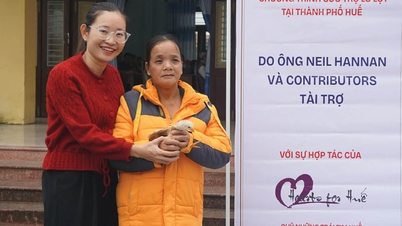



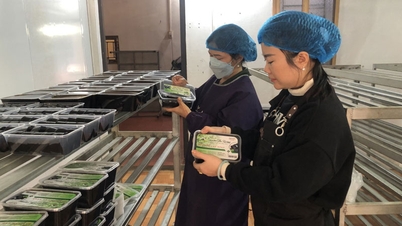





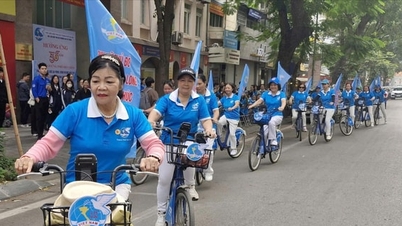



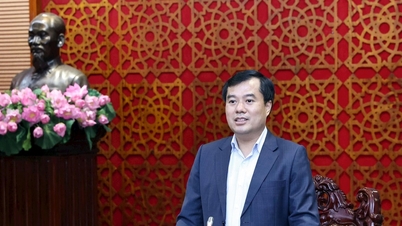


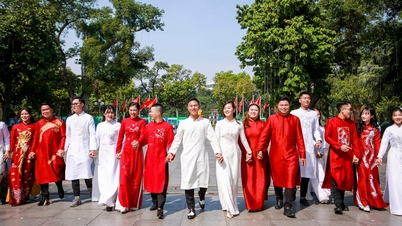



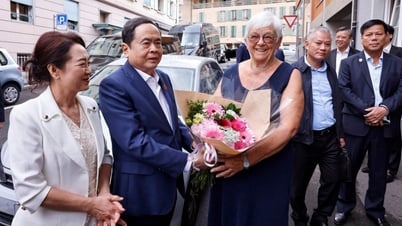






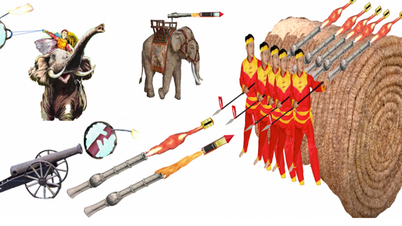
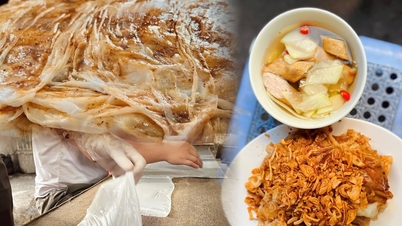
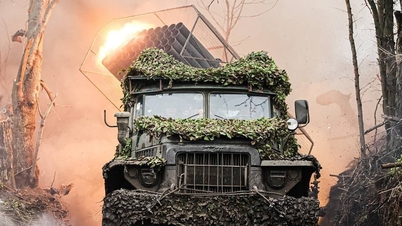

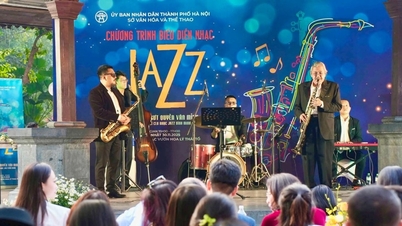


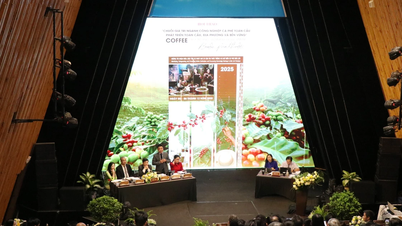


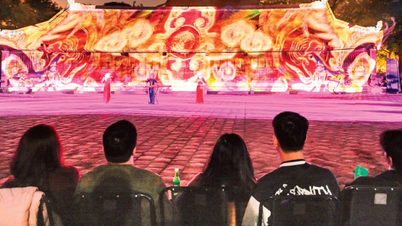

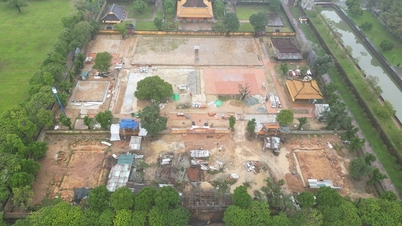


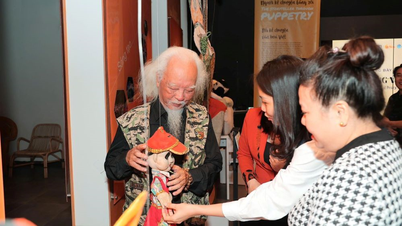

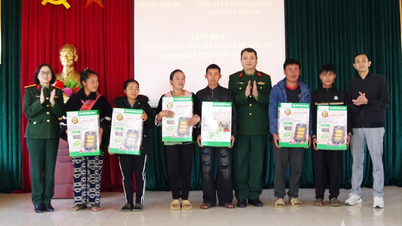
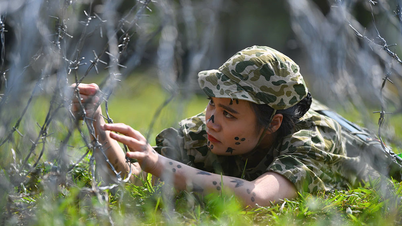

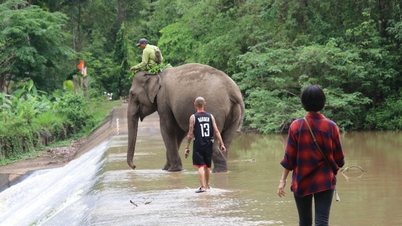














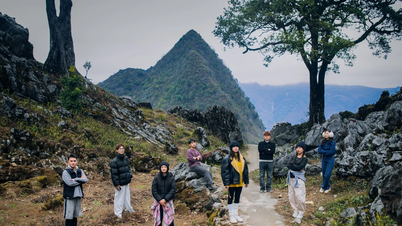










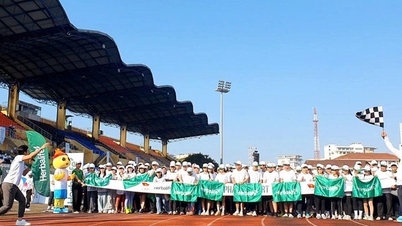





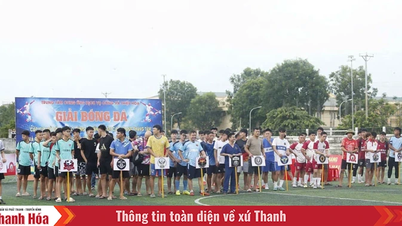



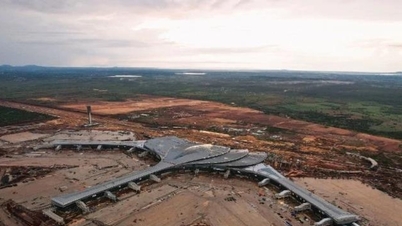

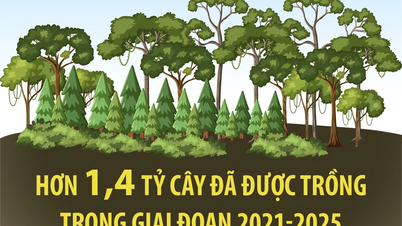



















Comment (0)